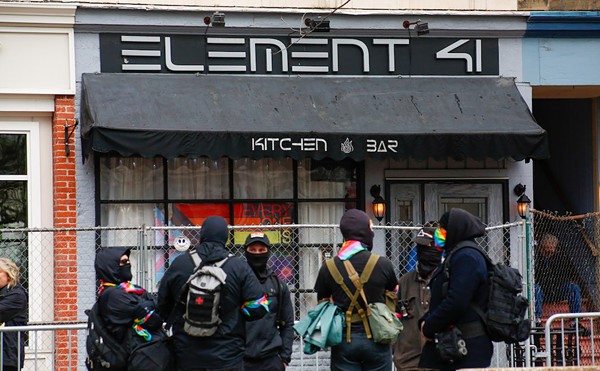
That the city is poised to take tax revenue from other governmental bodies suggests a form of “robbery” that should not go unnoticed.
That’s what a TIF (tax incremental financing) does. It takes revenue from one pot to be used in other ways.
And the city of Cleveland has decided that this form of tax shifting from its normal distribution is okay, even beneficial.
But it’s never examined very closely.
The overlay TIF proposed by Mayor Justin Bibb takes the county’s share of the commercial property tax dollar — a 17.904 share — from Cuyahoga County. (The Cleveland school's share 65.38 remains untouched). That includes money that would go toward County debt, Tri-C and the Port Authority, libraries, and, most importantly, the county’s health and welfare budgets.
That’s only one drawback of the city’s new policy of giving a sizeable area of the downtown a 30-year TIF status. It means that a significant share of property taxes in that area will be shifted from intended use to a status that allows the revenue to be used to assist new private development.
Developers win. Homeowners and renters will eventually and presumably make up the difference. In other words, pay more.
The latest TIFs are aimed at development on the riverfront and lakefront.
It’s catchy to say the deal is a “shore-to-core-to-shore” strategy, but what does that really mean for a Cleveland resident?
Neither the lakefront nor waterfront will produce high paying employment, but likely will prove profitable business for wealthy developers.
Council had questions last night not only on the merits of passing the legislation as a whole but also on how much of the money collected by the TIF would go to neighborhoods that badly need the investment.
The Cuyahoga County Treasure’s website claims an average Cleveland home here goes for $50,000 and costs a homeowner $1,512 a year in property taxes. More if your home is valued higher, of course.
If the city is giving away a substantial amount – it figures $6 million a year in TIF money – that amount has to be made up somewhere year after year for 30 of them.
Six million a year for 30 years adds up to $180 million in diverted property taxes, to be made up somehow.
Somebody has to make up the difference.
City managers will tell you that the TIF will eventually bring more dollars into the city’s coffers.
But I don’t believe you can count on that.
Indeed, the cost is likely to be much higher and divert other city funds from local use.
Because the TIF will trigger the need for other subsidies and tee up the drain of more city resources from neighborhood use beyond downtown where the need of residents is greater.
City of Cleveland residents have already been too generous to downtown developers, including three sports team owners, and the city has already proved negligent to its high poverty population.
Subscribe to Cleveland Scene newsletters.
Follow us: Apple News | Google News | NewsBreak | Reddit | Instagram | Facebook | Twitter | Or sign up for our RSS Feed













